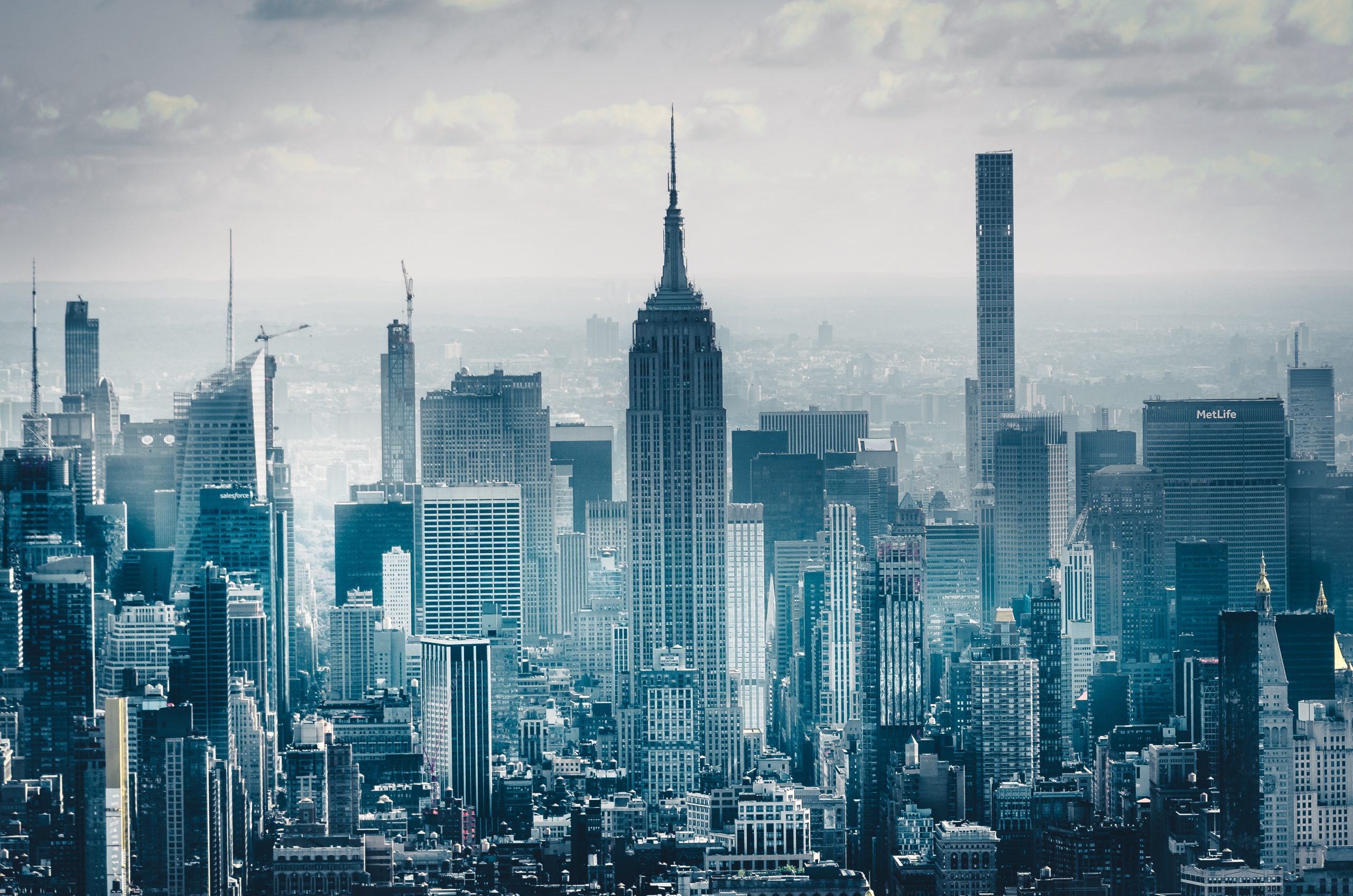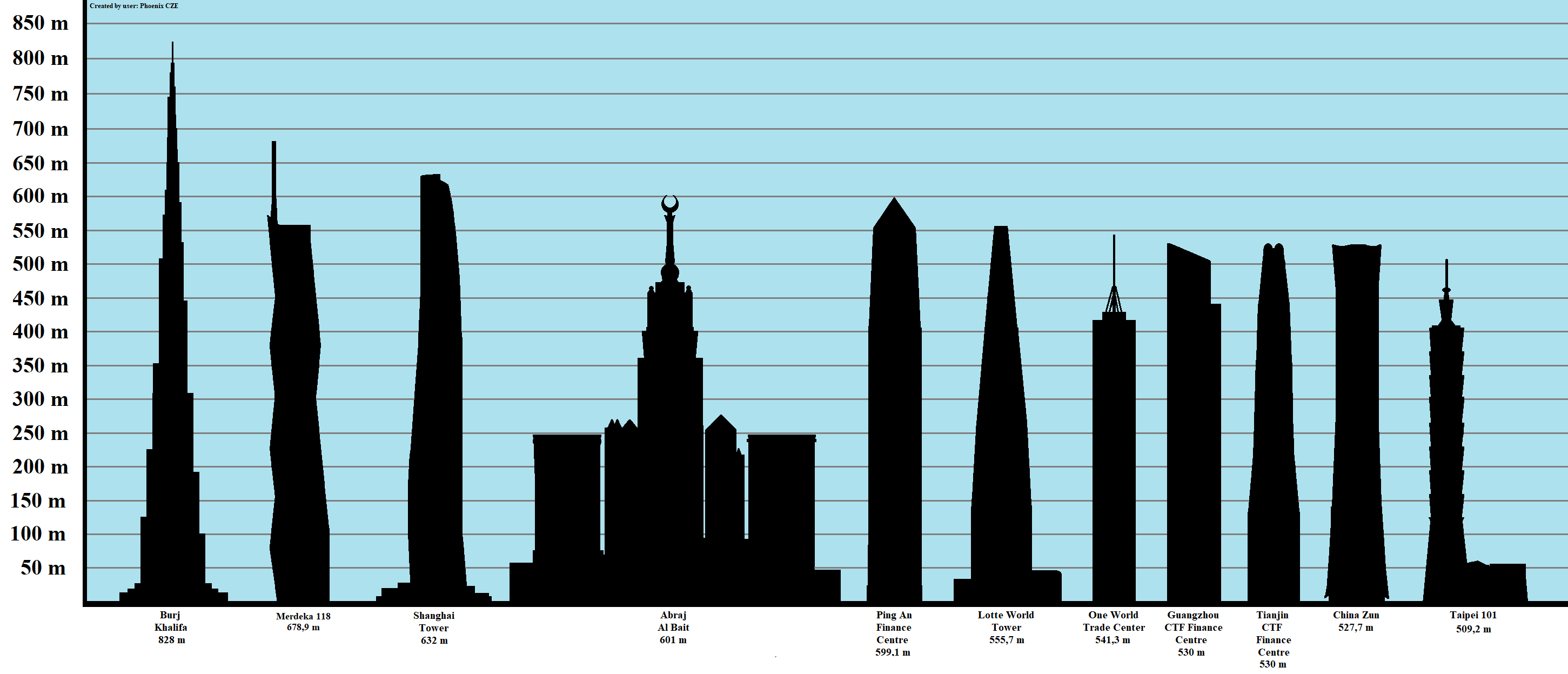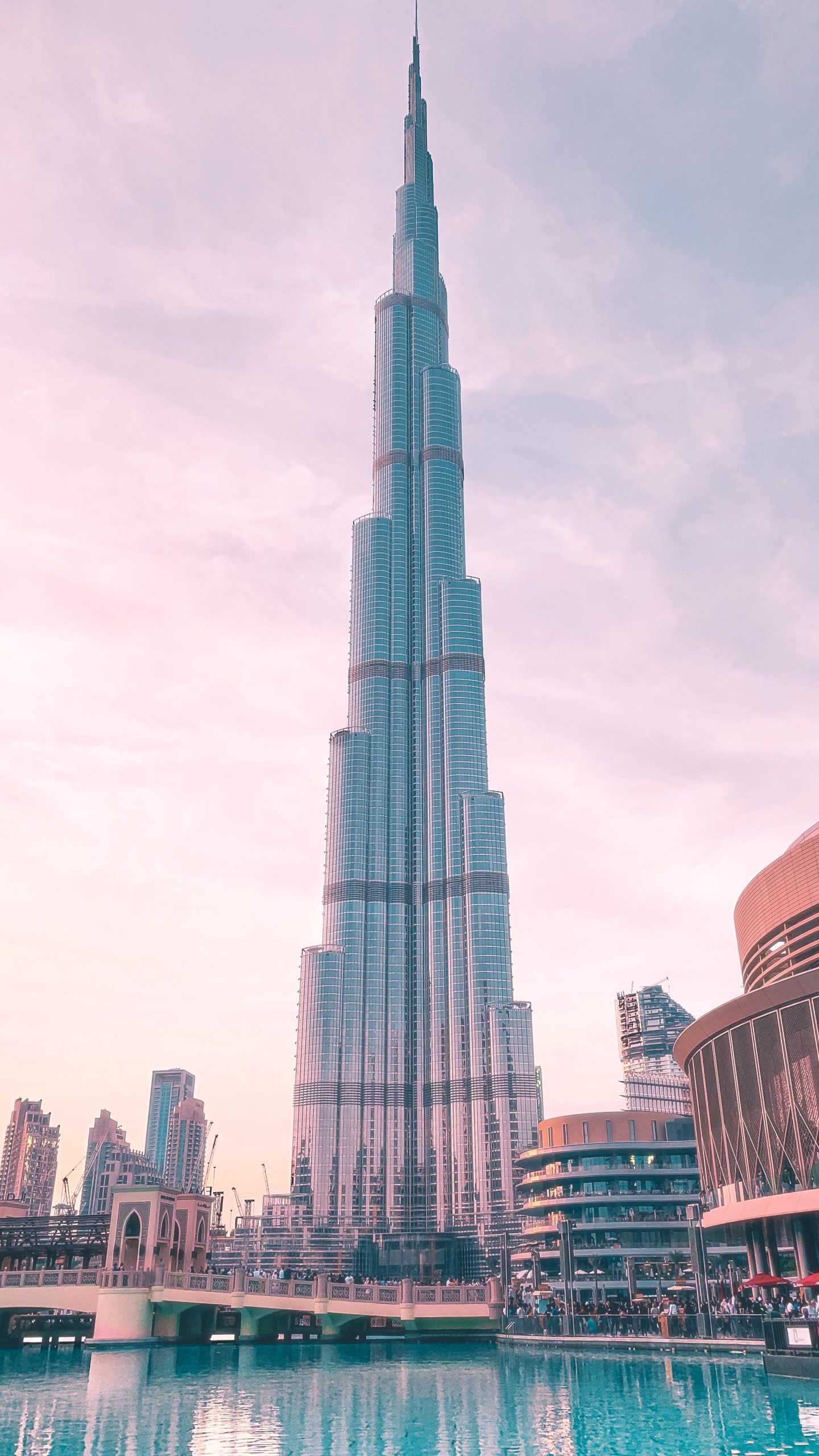The Tallest Building in the World

Since 1 January 2023, the European Union has a new tallest building: the Varso Tower in Warsaw. The 310-metre-high tower by Foster and Partners towers 10 metres above the Commerzbank Tower in Frankfurt am Main. Elsewhere, the dimensions look much bigger: In the list of the tallest buildings in the world the record holder measures over 828 metres and Saudi Arabia is even planning a tower 2 kilometres high.
Billboard
Skyscrapper
Halfpage
The race for height records
Height records for buildings have been around since the first cathedrals and churches. Currently, the Burj Khalifa in Dubai is the tallest building in the world. In Jeddah City, a rival tower of over 1,000 metres is already planned. Dubai has gone one better and announced the Creek Tower with a height of up to 1 400 metres. And Saudi Arabia even has plans for a 2-kilometre-high tower. Egypt’s new capital is planning on a 1 000-metre tower, and Tokyo is dreaming of a 1 700-metre residential building.
Compared to the rest of the world, European buildings are downright puny. The tallest building in Europe is the 462-metre Lakhta Tower in St. Petersburg, but that only puts it at number 16. The Council on Tall Buildings and Urban Habitat (CTBUH) is the authority when it comes to classifying the world’s tallest buildings. According to the definition established in 2009, buildings must measure over 300 metres to be considered “supertall”. With “megatall”, there is now a new category for buildings over 600 metres.
Incidentally, until 1930, the Eiffel Tower was the only structure in the world that measured more than 300 metres. New York’s Chrysler Building with a height of 319 metres and the Empire State Building with a height of 381 metres heralded the age of supertall buildings.
Top 10 list of tallest buildings in the world
These are currently the 10 tallest buildings in the world (as of January 2023):
- Burj Khalifa in Dubai, United Arab Emirates: 828 metres
- PNB 118 in Kuala Lumpur, Malaysia: 679 metres
- Shanghai Tower in Shanghai, China: 632 metres
- Makkah Royal Clock Tower, Mecca, Saudi Arabia: 601 metres
- Ping An Finance Center, Shenzhen, China: 599 metres
- Lotte World Tower, Seoul, South Korea: 555 metres
- One World Trade Center, New York City, United States: 541 metres
- Guangzhou CTF Finance Center, Guangzhou and Tianjin CTF Finance Center, Tianjin, China: both 530 metres
- China Zun Tower, Beijing, China: 528 metres
- Taipei 101, Taipei, China: 508 metres

This list follows CTBUH guidelines and only includes buildings with a minimum height of 350 metres. They must be completed to be included in the list. CTBUH ranks them according to their actual height, which includes the spire as part of the building’s architecture. Radio antennas, however, do not count towards the height of the building.
The tallest buildings in the world by region
With the Burj Khalifa, Asia is clearly the world region with the tallest building in the world. China and Malaysia also have many other skyscrapers, which is why the region is particularly frequently represented in the lists. North America follows with the One World Trade Center building in New York City. The New York’s skyline also holds many more of the well-known buildings in the lists of the 20 and 30 tallest buildings in the world.
Third on the list of tallest skyscrapers by world region is Europe, although here the numbers are already below 500 metres. Russia’s Lakhta Center Tower provides this ranking. In Oceania, the Q1 Tower in the Australian city of Gold Coast ensures fourth place with its 323 metres.
In fifth place in the world regions by tallest skyscraper is South America. The tallest building here is the 300-metre Gran Torre Santiago in Santiago de Chile. And in Africa, The Leonardo – in Sandton, South Africa – holds the record with a height of 228 metres.

The era of megatall buildings
Since 2010, the era of megatall buildings from 600 metres upwards has prevailed. The Burj Khalifa in Dubai, still the tallest building in the world today, made the start. The Clock Tower in Mecca followed at 601 metres in 2012, and Shanghai built the country’s tallest building to date in 2015 at 632 metres. The second-placed tower PNB 118 in Kuala Lumpur was not complete until 2022, but despite its 679 metres it still comes nowhere near the Burj Khalifa.
Burj Khalifa on the top of the tallest buildings in the world
So currently only four buildings worldwide classify as megatall buildings. Especially in Saudi Arabia and the United Arab Emirates, the race is on. But from today’s perspective, the Burj Khalifa probably won’t lose its first place in the next 10 years. Mega-projects often have to deal with political difficulties. The construction site for the Jeddah Tower, for example, has been lying idle for several years because an anti-corruption campaign in Saudi Arabia led to financing difficulties. The Corona pandemic and global shortages of building materials are also slowing progress. And when Dubai heard about the construction standstill in Jeddah, the planned Dubai Creek Tower was on pause for now.
Nevertheless, Saudi Arabia’s PIF fund announced plans to build a 2-kilometre tower north of Riyadh as part of the country’s Vision 2030 programme. With The Line, Saudi Arabia is also planning a belt stand up to 170 kilometres long. The mega-projects are intended to help reduce dependence on oil and gas by 2030.
Medium Rectangle
Halfpage














